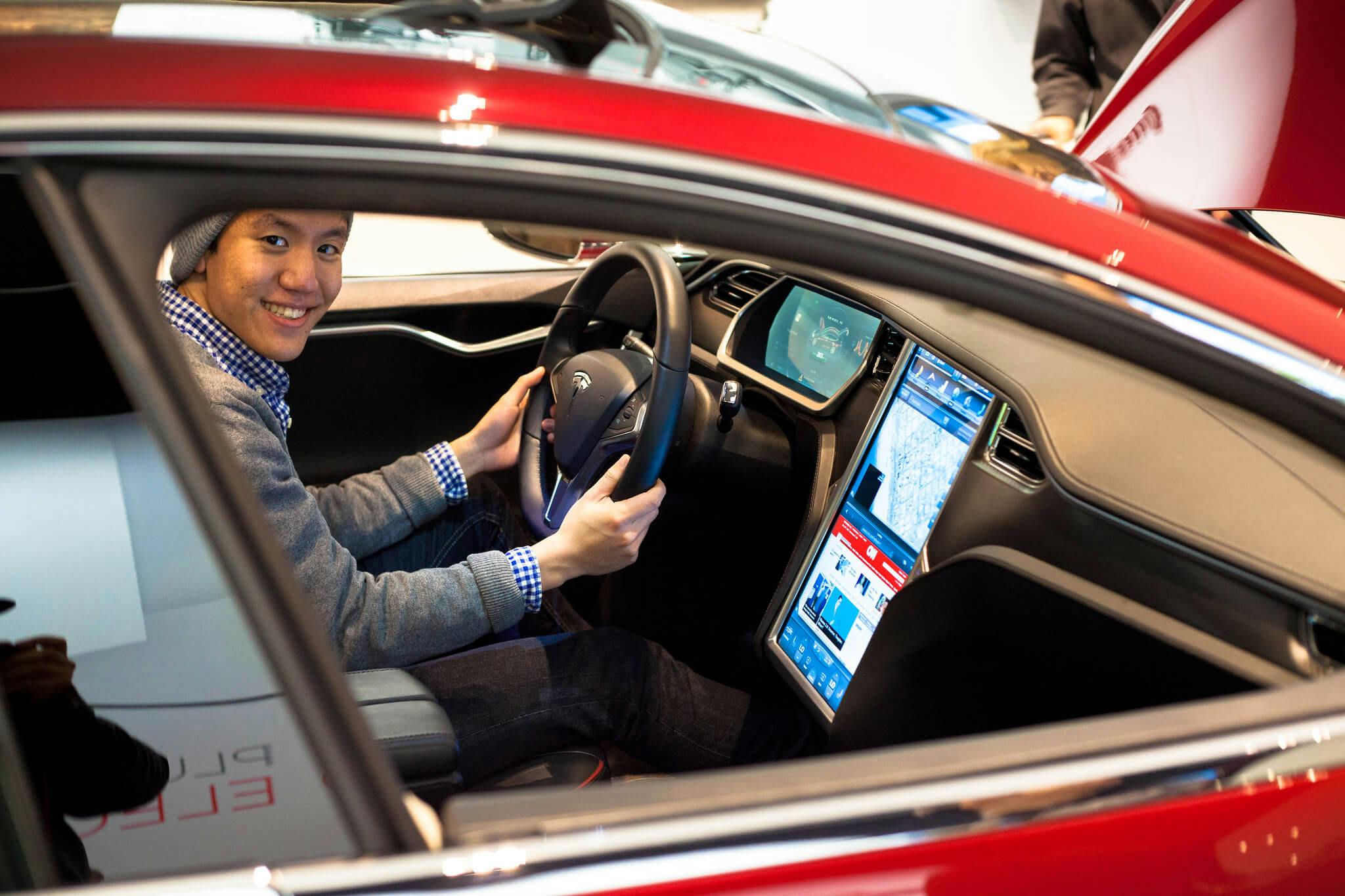Automakers Admit That Drivers Hate Touchscreens
Drivers want the old buttons back instead of modern-day touchscreens.
A driver sits inside his Tesla which has a huge touchscreen to control everything. Photo by Jonathan Chen / CC BY 2.0.
Anamitra Swarupa • 1 May, 2023 • 5 Min
CEFR A2 (Easy)
